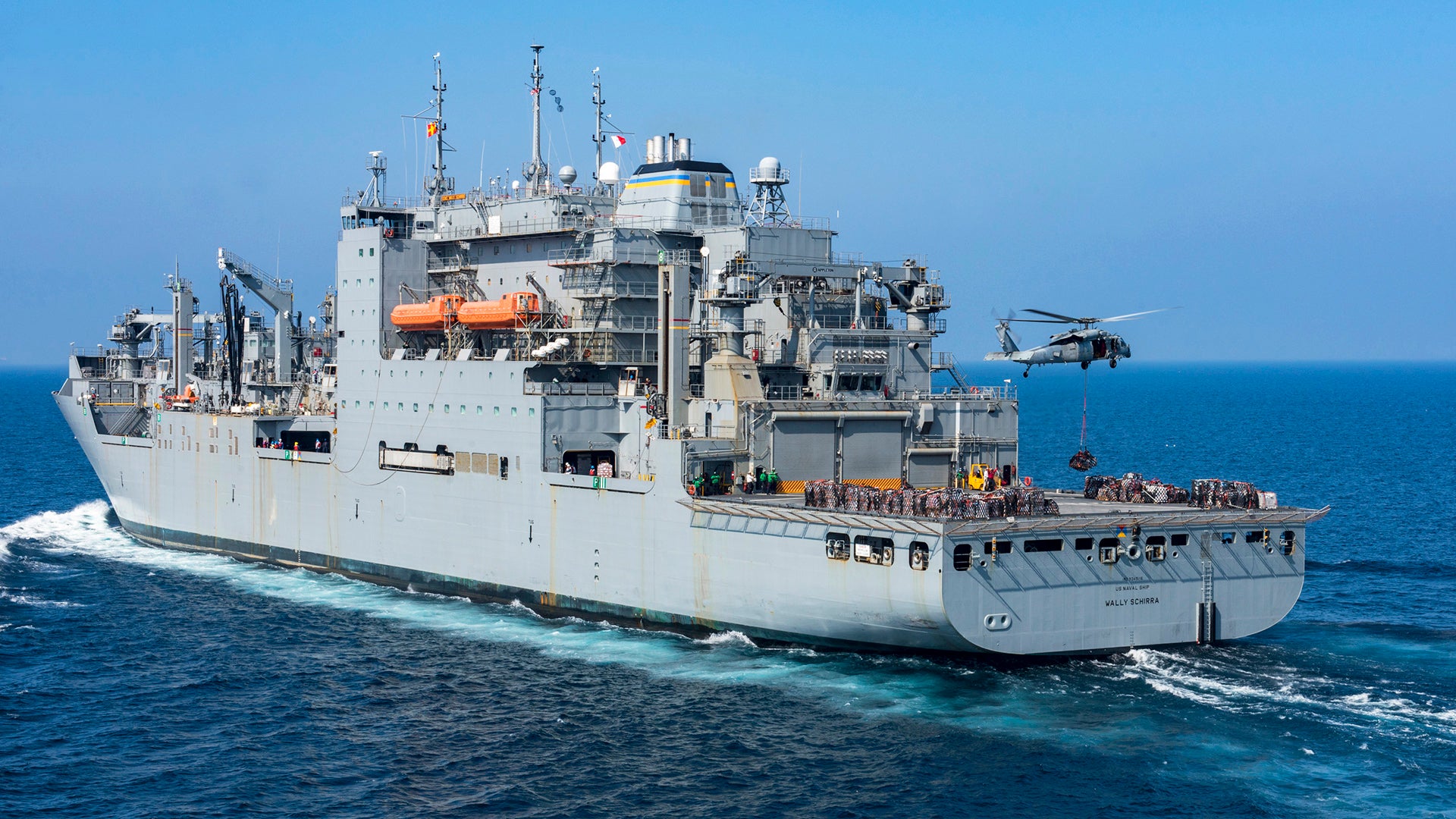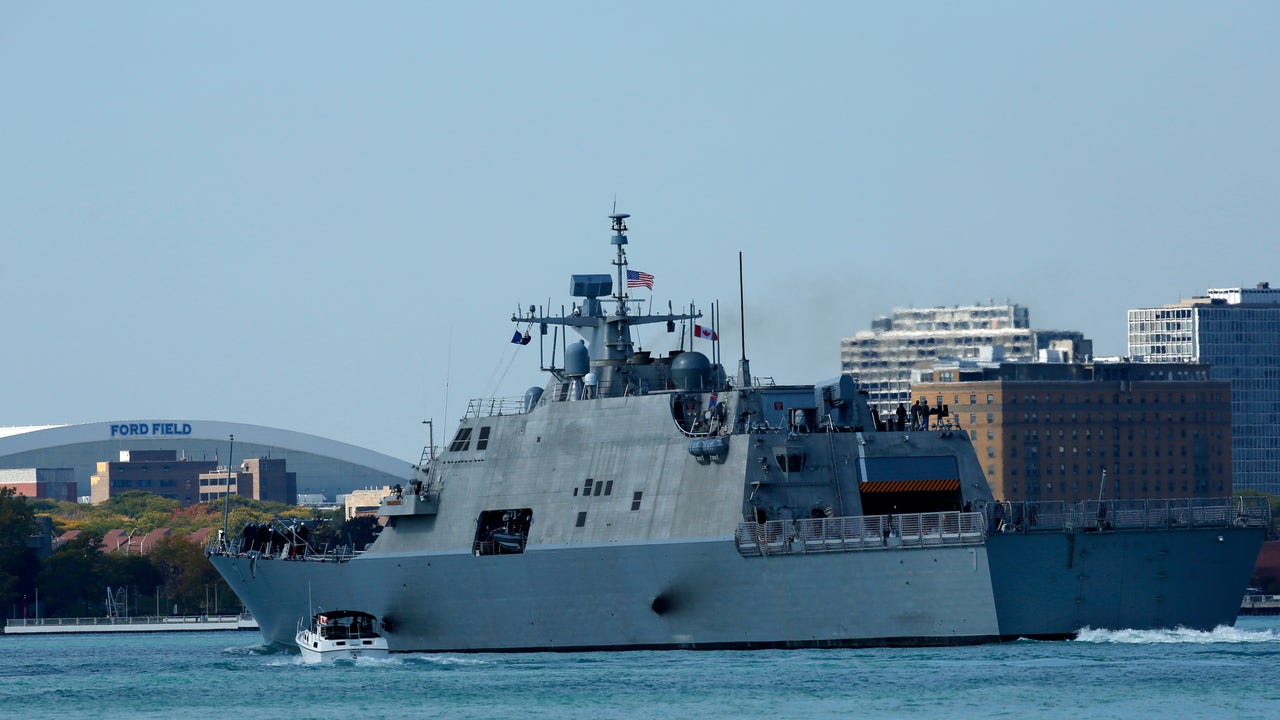Hitting the tank farms and infrastructure would have still been a good blow. At the end of the day, our battle fleet and war plan went right out the window for an immediate counterattack/ offensive and worst our morale was shot until midway 6 months later.
Merchants can filter through several ports and blend in before coming to the US. Hitting a carrier or multiple ships can wreck our battle plans. Or hit a strategic asset like a boomer or a shipyard. Get a merchant docked at Baltimore that launches 3 dozen cruise missiles, and DC would be effectively neutralized.
The idea of immediately steaming for the Phillipines went out the window before December 1941; the initial Japanese war plans were built on the idea of taking the Philippines and then attriting the US fleet via torpedo and aircraft attacks until their battle line could defeat the USN in an old-school Jutlandesque clash of dreadnoughts. That was already looking kind of shaky as by the late 1930s the Marianas were recognized as a viable air base to hit the Japanese Home Islands; that would require the Japanese to fight their planned "decisive battle" farther from their bases (and face a US fleet with shorter transit and supply lines of its own). Attacking Pearl Harbor was meant to cover the Japanese seizure of territory and resources in the Southwest Pacific and buy time to fortify their island holdings before the USN could build up (as stated previously, the fleet that anchored in Tokyo Bay in September 1945 was largely already on order as of 1940). The most optimistic outcome was that the US would decided a bunch of Pacific islands wasn't worth war over, which proved to be dead wrong.
On the American side, the realization was that the upcoming war would likely involve simultaneously fighting Germany, Italy, and Japan; as a result the old "color" plans supposing a fight against a single opponent (War Plan Orange for Japan, War Plan Red for the UK, War Plan Black for Germany, War Plan Green for Mexico, etc.) were shelved in 1939 and replaced with a set of five "Rainbow" contingency plans for war with multiple powers. Rainbow 5 (assuming the US allied with the UK and France against the Axis) ended up being used. Rainbow 5 also included five sub-variants labeled A-E; of those Plan Dog was adopted in 1940 prioritizing the European theater while maintaining a defensive posture in the Pacific ("Europe First"). As it turned out this wasn't exactly how things went (going on the offensive in the Solomons in 1942 wasn't supposed to happen; Admiral King pushed), but prior to December 7th, 1941 it was pretty much acknowledged that the US garrisons at Wake, Guam, and the Philippines would be left to their own devices and probably lost.
There was an abortive attempt just before Christmas 1941 to relieve Wake Island using all three of Pacific Fleet's carriers, but the force was recalled on intelligence that the
Kido Butai was coming back to assist with the invasion (probably for the best). While
Saratoga was knocked out of action by a submarine torpedo in January 1942,
Lexington,
Enterprise, and the newly-transferred
Yorktown all got very busy raiding Japanese bases from February-April 1942. This combat experience that would pay off at Coral Sea and Midway; it's notable that
Hornet's air wing missed out on that experience and was thus generally a nonfactor at Midway.
In February 1942 the USN had gotten three of the Pearl Harbor BBs operational (
Pennsylvania,
Tennessee, and
Maryland); together with
Colorado (overhaul in Puget Sound) and the three
New Mexico-class BBs transferred from the Atlantic that almost put the battleship line back up to full strength. However, it was recognized that they were too slow to keep up with the carriers and would be a drain on fuel stocks, so they were relocated to California as a backstop for the remainder of the year.






